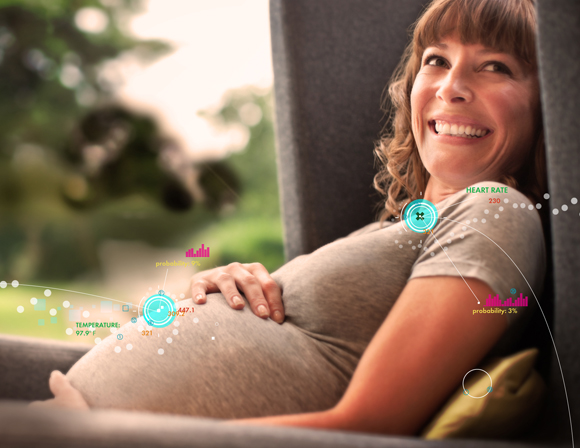 By Gioia Messinger
By Gioia Messinger
Gioia is Founder and CEO of LinkedObjects, a Global 100 Mentor at the Founder Institute, a Lecturer at U.C. San Diego's Rady School of Management, and a Judge for the Nokia Sensing XCHALLENGE.
'Consumerization' is happening in the healthcare market - an ongoing trend of turning patients into consumers. Patients are increasingly using their smartphones and tablets to access and manage healthcare information from anywhere at any time. These devices enable them to take a more active role in their care experience and empower them to choose their own care alternatives.
The next step in the consumerization of healthcare will come in the form of devices and passive sensors used to diagnose and treat diseases and medical conditions. Data detected by these sensors may automatically determine if a condition is within normal range or if other intervention is required. Passive sensors - those that do not require active involvement from the patient - are expected to proliferate in our daily lives, helping us live healthier lifestyles and achieve a high level of personalized care. For patients to adopt these new technologies, the tools must not only be easy to use, accurate and relevant but also completely frictionless - meaning that a device must almost be invisible to the user and its environment. This is especially important for new digital healthcare products coming to market, as mass consumer adoption of certain devices and systems will greatly depend on how manufacturers deal with this issue.

When capsule endoscopy was first invented, the goal was to try to completely remove the level of discomfort a patient experiences prior and during a traditional endoscopy exam while at the same time improve the efficacy of the test. The idea was to make the procedure as simple as taking a vitamin pill with a glass of water - no nasty prep necessary! And no real need for a physician to administer. The resulting product, a tiny camera that traverses through the intestinal tract taking pictures and wirelessly beaming these out to a recorder several times a second, is still revolutionary (15 years later) for its simplicity and lack of friction (no pun intended). Patients undergoing the exam go about their daily life without any restrictions, undeterred by the complexity of the technology and procedure going on inside of them.
Novel sensors and digital health products coming to market must follow these same principals. Patients should be at the center of the design criteria and sensors and devices must be embedded as part of the fabric of our everyday living. Few people are willing to change their behavior for a product no matter how great the technology is. Instead, engineers and designers need to engage with the mundane things we already have around us, making those smarter and better. That's truly where the next revolution in sensing will occur and where we are bound to see meaningful impact and mass adoption.
I can't wait to see what we can diagnose and treat with smart walls, smart clothes, smart furniture, smart kitchenware, smart automobiles, and all the other smart objects around us. Just imagine a future where our walls can detect an abnormal mole on our back and clothing that functions as our second skin, interacting with the environment to respond to changes in UV light, protecting us from bacterial infections and tracking even the minutest changes in our body temperature. All this will be possible in the not-so-distant future; the potential for health sensing is limitless.
Visit XPRIZE at xprize.org, follow us on Facebook, Twitter and Google+, and get our Newsletter to stay informed.